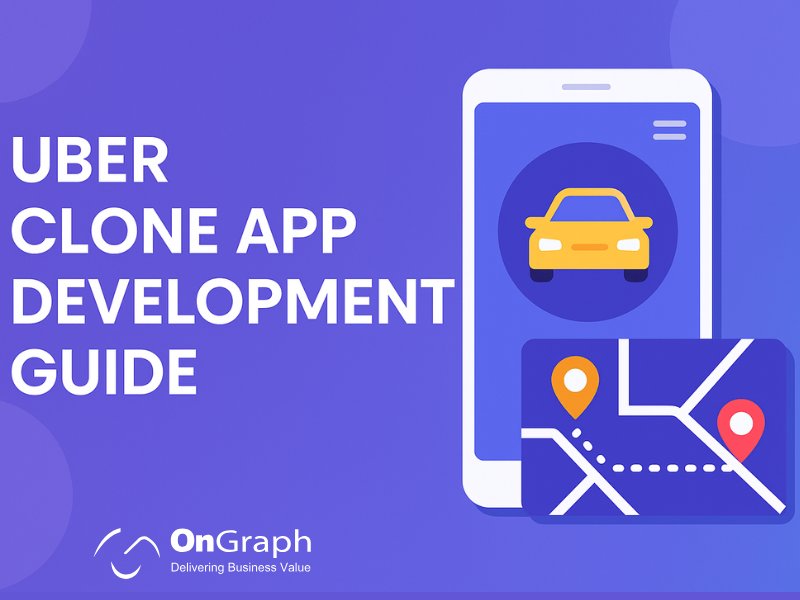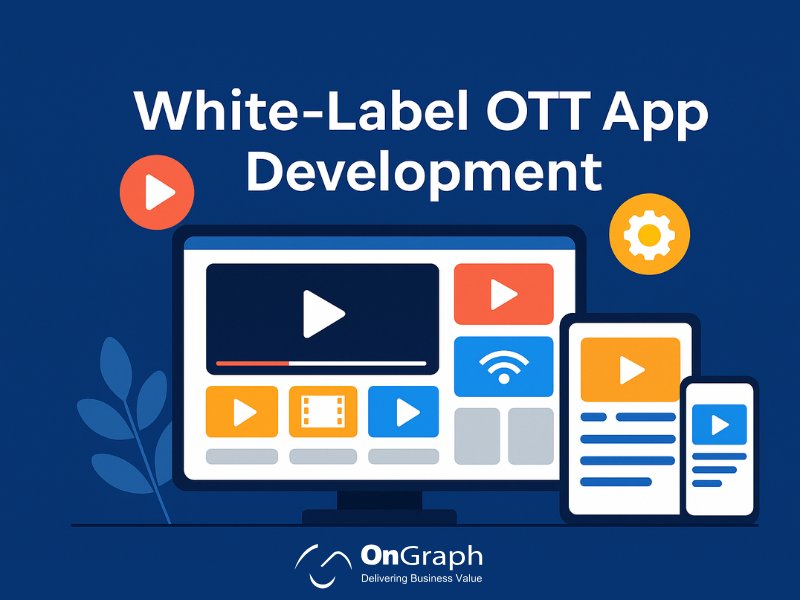In this article
- Why This Decision Matters More in 2025?
- Market Statistics That Validate the Importance of Deployment Choices
- Cloud vs On Premise for AI Companion: Core Definitions
- The Complete Comparison: Cloud vs On Premise (Deep Dive)
- Practical Use Cases: Which Model Should You Choose?
- AI Model Deployment Options: What Teams Must Consider
- Deep Dive: Infrastructure Requirements for AI Companion Platforms
- Why Hybrid is the Future?
- Actionable Decision Framework (Step-by-Step)
- Final Recommendations
Choosing between cloud vs on premise for AI companion systems is one of the most strategic decisions for any business planning to launch an AI-powered companion, VOD, or virtual personality platform. The decision impacts cost, compliance, performance, user privacy, and long-term scalability.
The right approach helps you offer fast image or video generation, secure conversations, and a delightful real-time companion experience. The wrong approach results in unpredictable costs, poor latency, compliance gaps, or slow user adoption.
This guide gives you the most comprehensive breakdown of cloud vs on premise, backed by industry statistics, practical use cases, deployment patterns, and real-world business examples. You will understand which deployment model fits your product vision, budget, and regulatory environment.
This analysis also covers broader topics like cloud computing vs on premise, on-premise AI security, AI model deployment options, and what product teams should consider before launching a White Label AI Companion Platform Solution.
Why This Decision Matters More in 2025?
The AI companion sector is expanding fast due to advances in multimodal models, video generation, and emotional intelligence features. More platforms now blend:
- AI chat
- Image creation
- VOD generation
- NSFW and SFW modes
- Personalized digital identities
- Mobile-money payments
- Subscription and credit-based systems
AI companion platforms produce large media outputs that require strong compute power. Choosing cloud vs on premise for AI companion decides whether your infrastructure can support real-time video, safe content moderation, and scalable demand during rapid user growth.
Market Statistics That Validate the Importance of Deployment Choices
Here are the latest industry trends shaping deployment decisions:
Cloud adoption and hybrid growth
- Over 94% of enterprises use cloud services today.
- Hybrid cloud and multi-cloud models continue gaining traction for flexibility and compliance.
Cost pressure from GPU workloads
- Cloud GPU providers report major savings compared to legacy on-premise systems.
- One analysis documented a $560,000 savings when comparing cloud GPU use to on-premise clusters.
- Another report showed large cloud savings for inference-heavy workloads.
Repatriation trends
- Some companies are moving workloads back to dedicated servers when cloud costs spike.
AI + video generation growth
- Generative video APIs require powerful GPUs and can cost significantly more than image APIs.
- Businesses must plan deployment around usage patterns and video rendering needs.
These statistics show that deployment choices have real cost and operational impacts.
Cloud vs On Premise for AI Companion: Core Definitions
Understanding cloud computing vs on premise is the foundation for making an informed decision.
Cloud Deployment
Your AI companion platform runs on cloud providers like AWS, GCP, Azure, or GPU cloud providers. You pay for usage and rely on managed services.
On-Premise Deployment
Your platform runs on your own hardware or private data center. You control infrastructure, security, and maintenance.
Hybrid Deployment
You use both models. This is becoming the most popular approach for AI systems.
The Complete Comparison: Cloud vs On Premise (Deep Dive)
Below is the most detailed breakdown for cloud vs on premise for AI companion decisions.
A. Time-to-Market (Speed of Launch)
Cloud
- Fast provisioning of GPU nodes.
- Zero setup time for servers.
- Best for MVPs and early-stage experiments.
Example: A startup tested image avatars using cloud GPUs and launched in under two months due to ready-made cloud services.
On-Premise
- Requires purchasing hardware and building infrastructure.
- Setup can take months before launch.
Best for: Mature companies or regulated industries.
Winner: Cloud
B. Total Cost of Ownership (Short-Term vs Long-Term)
Cloud
- Pay-as-you-go pricing.
- No upfront hardware cost.
- Costs rise with heavy continuous workloads.
Industry Insight: GPU cloud saved one organization over half a million dollars.
On-Premise
- High upfront cost for GPU servers like A100 or H100.
- Lower long-term cost if workloads run 24/7.
Industry Shift: Some firms move back to dedicated servers to cut cloud bills.
Winner:
- Cloud for early stage
- On-premise for heavy video workloads
- Hybrid for peak hours
C. Performance & Latency
Cloud
- Latency depends on region selection.
- Global CDNs help deliver fast VOD.
- Real-time responses are possible with strong GPU provisioning.
On-Premise
- Very low latency within local networks.
- Better for region-specific users requiring real-time streaming.
Winner: On-Premise, but cloud is close when using edge nodes.
D. Security & Compliance (On-Premise AI Security)
Cloud
- Advanced IAM tools
- Data encryption
- Managed firewalls
- SOC-compliant environments
- Easier patching and updates
On-Premise
- Full control of data and keys
- Localized access control
- Trusted for industries with strict data guidelines
Winner: On-Premise for strict security
Winner: Cloud for operational safety and third-party auditing
E. Scalability & Peak Traffic
Cloud
- Autoscaling reduces risk during viral growth.
- Perfect for spikes from VOD or NSFW image generation.
- Supports multi-region expansion.
On-Premise
- Limited by local hardware.
- Requires forecasting and additional investment.
Winner: Cloud
F. Maintenance & DevOps Requirement
Cloud
- Minimum DevOps overhead.
- Managed services simplify updates.
On-Premise
- Requires experts for server, cooling, hardware, and networking.
- Long-term operational burden increases cost.
Winner: Cloud
Practical Use Cases: Which Model Should You Choose?
Below are real-world use cases for cloud vs on premise for AI companion deployments.
Use Case 1 — Cloud for Startups Launching AI Companion Apps
Startups prioritize:
- Fast launch
- Low upfront cost
- Elastic scaling
Cloud allows quick integration of APIs for:
- Chat
- Image generation
- NSFW content
- Video rendering
- Payments
Best for: MVPs and early market entry
Use Case 2 — On-Premise for Compliance-Heavy Environments
Organizations with strict rules around:
- Data residency
- User identity
- Sensitive content
- Corporate policies
Benefit from on-prem deployments.
Best for: Enterprises, telecom operators, and local governments
Use Case 3 — Hybrid for AI Companion + VOD Platforms
Hybrid is ideal when:
- You generate heavy video workloads
- You serve users across multiple countries
- You require regional compliance
Most successful AI companion platforms follow a hybrid pattern.
AI Model Deployment Options: What Teams Must Consider
Choosing AI model deployment options influences stability and cost.
1 — Cloud-hosted model endpoints
- Fast to integrate
- Easy to update
- High availability
2 — On-premise GPU clusters
- Full data control
- Lower inference cost at scale
3 — Hybrid containerized models
- Ideal for scaling AI companions
- Supports the balance of performance and regulation
Deep Dive: Infrastructure Requirements for AI Companion Platforms
AI companion platforms are compute-intensive due to:
- High-frequency chat inference
- Real-time safety filtering
- Image creation
- Video generation
- NSFW content rendering
- Large media storage
This makes your decision between cloud vs on premise for AI companion even more critical.
Key dependencies include:
- GPU availability
- Storage and CDN integration
- Video processing pipelines
- Secure content moderation
- Payment gateways
- Multi-language and localization tools
Also read- How to Launch AI Companion & VOD Platform in Weeks?
Why Hybrid is the Future?
Hybrid combines the strengths of both models.
Hybrid Advantages
- Cloud handles spikes
- On-premise handles steady video workloads
- Reduced bill shock
- Better compliance with local regulations
This has become the most recommended approach for enterprise-grade companion systems.
Actionable Decision Framework (Step-by-Step)
Use this checklist before choosing cloud vs on premise for AI companion:
1 — Estimate GPU usage
- Image request volume
- Video generation volume
- Peak hours
2 — Check compliance rules
- Local content laws
- NSFW restrictions
- Data residency laws
3 — Assess your DevOps maturity
- Can you manage on-prem hardware?
- Do you need managed cloud services?
4 — Calculate 3-year TCO
- Compare cloud cost vs hardware depreciation
- Include staff cost, electricity, and operating overhead
5 — Plan your global rollout
- Cloud is ideal for multi-region expansion
- On-premise supports regional dominance
Final Recommendations
- Choose cloud for speed, cost efficiency, and initial scale.
- Choose on-premise for local control, compliance, and steady GPU workloads.
- Choose a hybrid for long-term balanced performance.
Your deployment model defines your user experience. Make this choice with a long-term strategy in mind.
About the Author
Let’s Create Something Great Together!
Latest Blog















